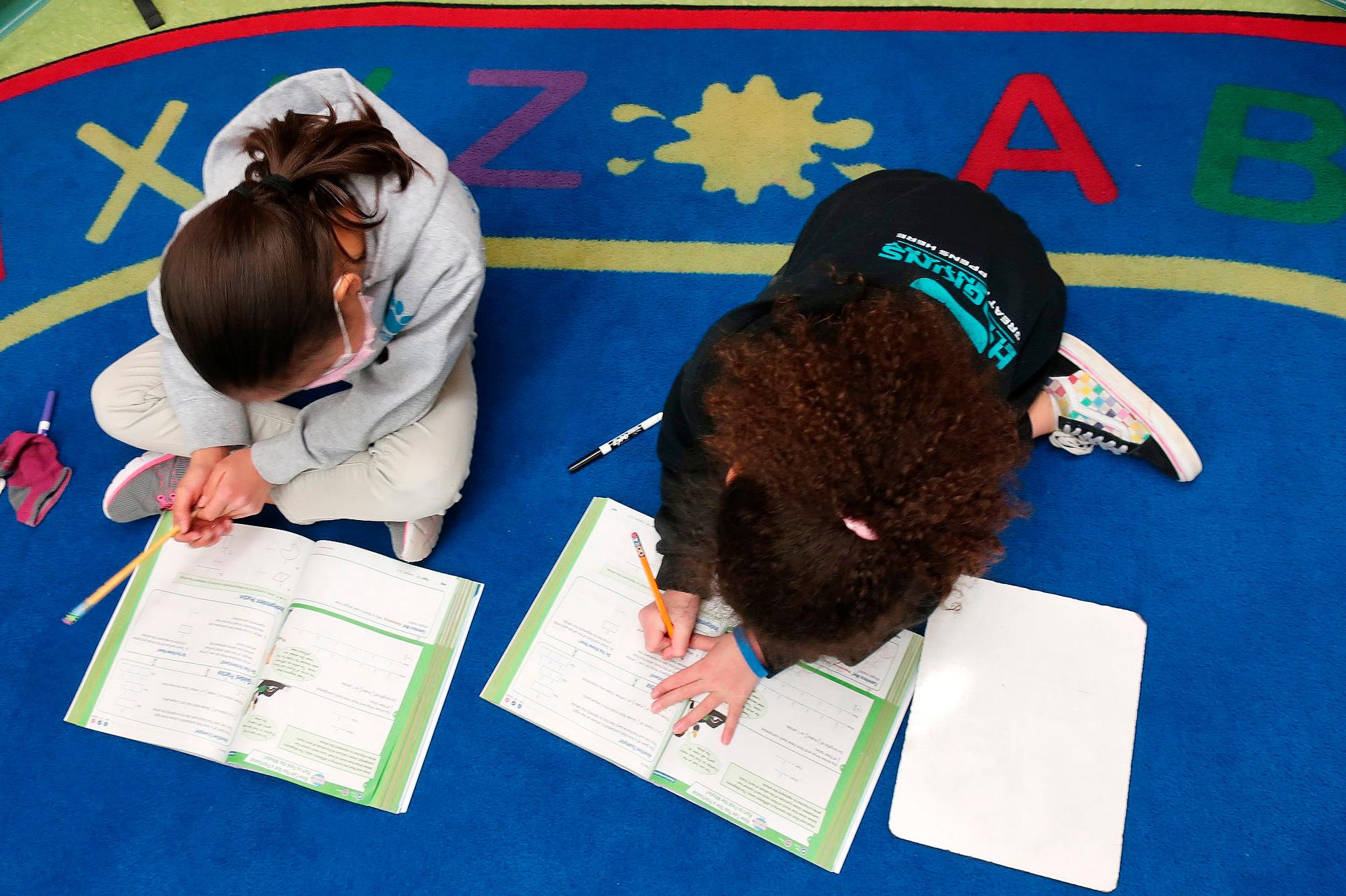
Colorado parents, teachers and students can now access individual schools and districts test scores in English and Math, one snapshot into how students performed on spring standardized tests amid a disruption-filled year fueled by COVID-19. The Colorado Department of Education released the Colorado Measures of Academic Success, or CMAS, scores Wednesday.
State-level results released several weeks ago showed significant decreases in achievement of testers from 2019 to 2021 across all tested grades and subject areas. The newly released scores, which drill down into how each school and district performed, are intended to provide insight on what students know and can do in relation to grade level standards. English tests were administered to students in grades three, five and seven. Math tests were administered in grades four, six and eight. The state did not administer the tests last year because of the pandemic.
“The trends we see at the school and district level are basically the same as we saw at the state level, with decreases in achievement from 2019 to 2021 across CMAS tested grades and subject areas,” said Joyce Zurkowski, chief assessment officer, at the Colorado Department of Education.
The results come with plenty of caveats this year and state education leaders said in some cases, conclusions should be drawn with caution or completely avoided. First, participation rates were significantly lower than in past years. State officials said in some cases they were too low to make meaningful comparisons at school and district levels. Officials said the scores can be a tool for educators to identify where more tutoring and support is needed.
Second, the extraordinary circumstances of the pandemic may have affected the results, officials said. Some students faced quarantines, where they were out of school, or flipped back and forth between remote, in-person and hybrid learning, and teachers may have had to cut back on the amount of content covered because of the challenges of remote learning.
Even attempting to draw conclusions about whether students were better at learning academic material in-person is tricky.
“Although there is anecdotal information that supports that students who were taught remotely were impacted more than students who were taught in person, we know that overall even students who were taught in person the majority of the year appear to have been impacted,” said Zurkowski.
She noted that many districts provided parents with the option of choosing remote instruction even if the district was providing in-person instruction, too. The department does not have data on when individual students received remote instruction. That supports the need for deeper analyses, she said.
In Denver, a little over a third of third, fifth and seventh graders are reading and writing at or above grade level. A quarter of fourth graders are doing math at grade level as are about 18 percent of sixth graders. Denver’s scores this year are lower than when students last took standardized tests in 2019. Some question the validity of the scores because about half of Denver students, who were out of classrooms for much of the year, opted out of tests.
Similarly, in the rural Byers 32J district northeast of Denver, almost 60 percent of fifth graders met or exceeded standards in English, but only 20 percent of students took the test.
Some of the test results are challenging to understand without further information – in the tiny Kiowa school district, 64 percent of fourth graders were on target in math, but only 18 percent of sixth graders were. Just 4 percent of Bennett 29J’s fourth graders are on target in math — 91 percent took the test.
The pandemic has had disproportionate impacts on students living in poverty. Many struggled with increased food insecurity, poor internet connections, and learning online lessons alone while parents worked outside the home. Less than 10 percent of Aurora fourth graders are on target in math and less than 10 percent of sixth graders in Sheridan, southwest of Denver, were meeting or exceeding expectations.
Some school districts that were top performers in the past continued to perform well despite the pandemic. Boulder’s students actually increased their English scores from the last time students took standardized tests in 2019. Between 59 and 67 percent of students met or exceeded expectations depending on the grade level. But even strong performers like Boulder and Littleton districts saw declines in math.
Among individual schools, the percent of students meeting or exceeding expectations had a large range of scores, ranging from 10 percent to 98.4 percent, highlighting both the disproportionate impact the pandemic has had on learning, as well as the large gulf in student performance around the state.









